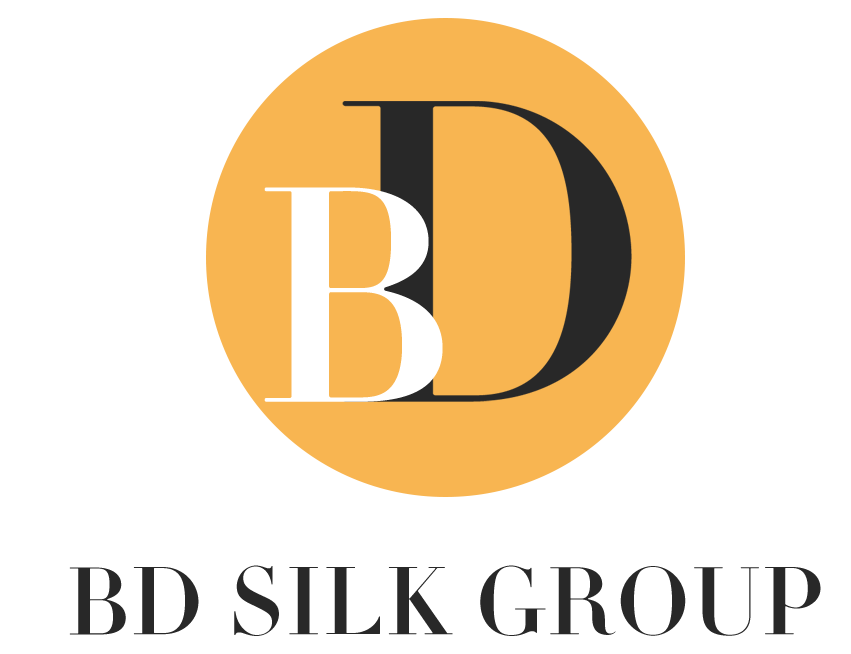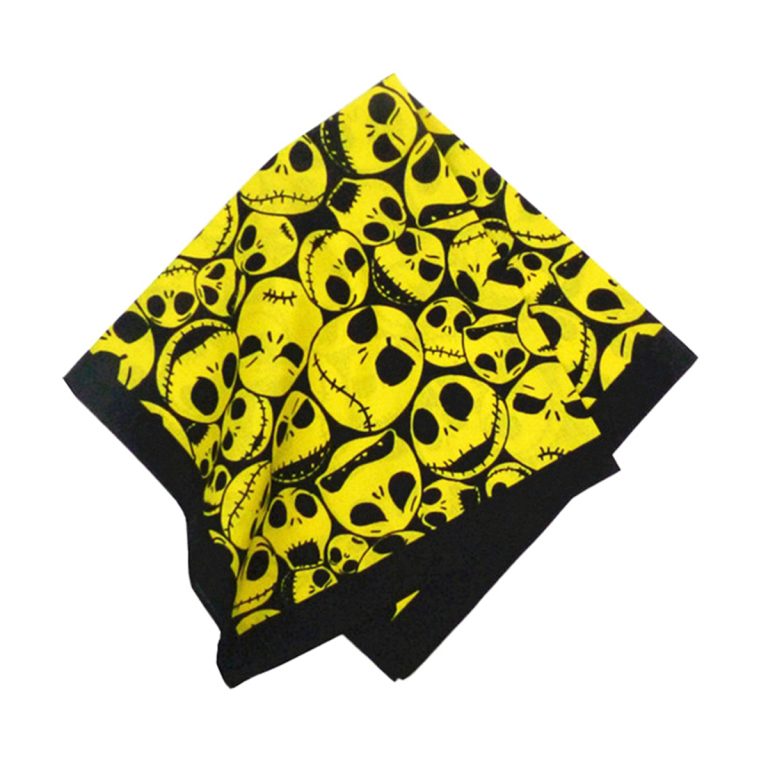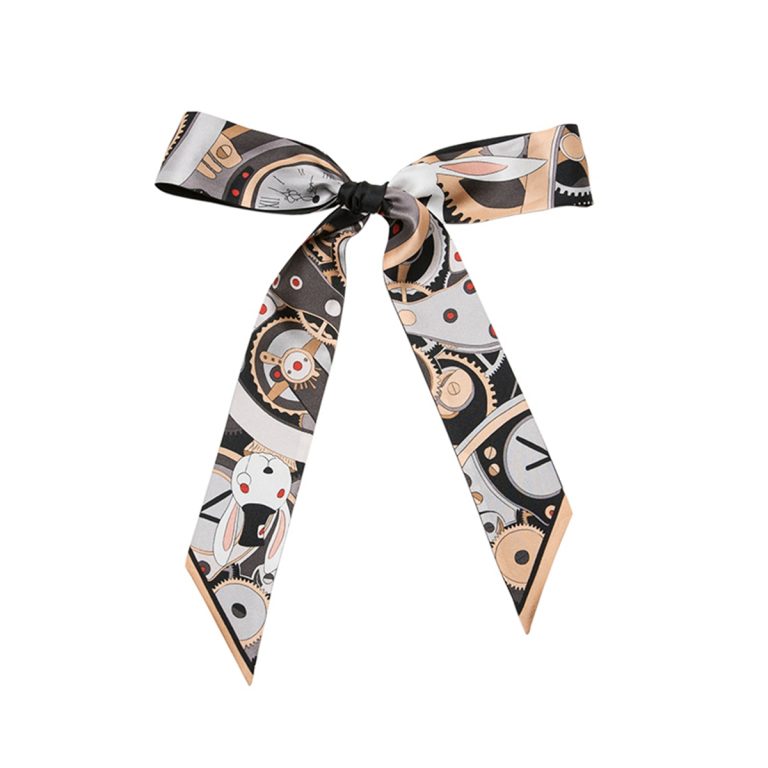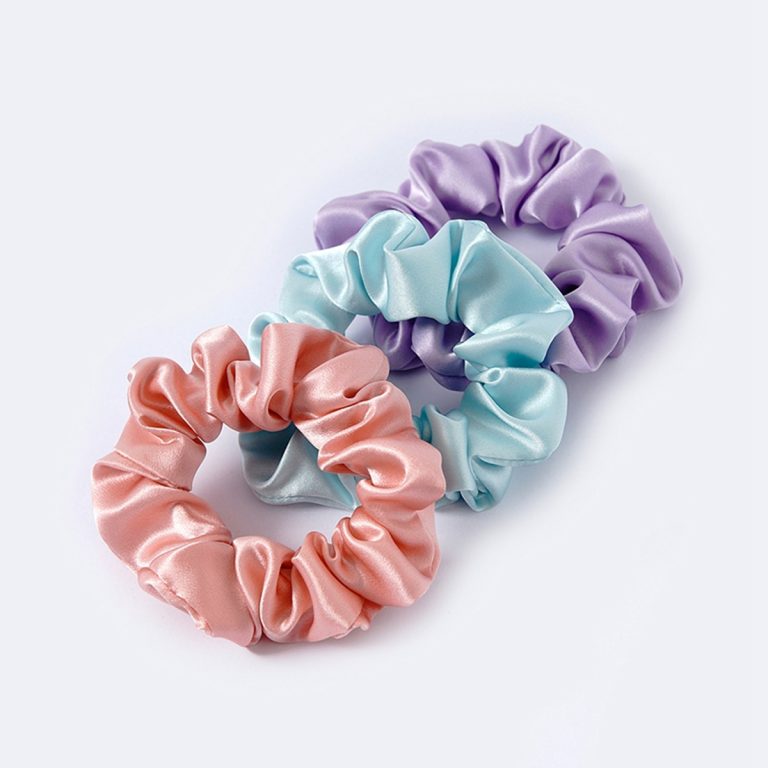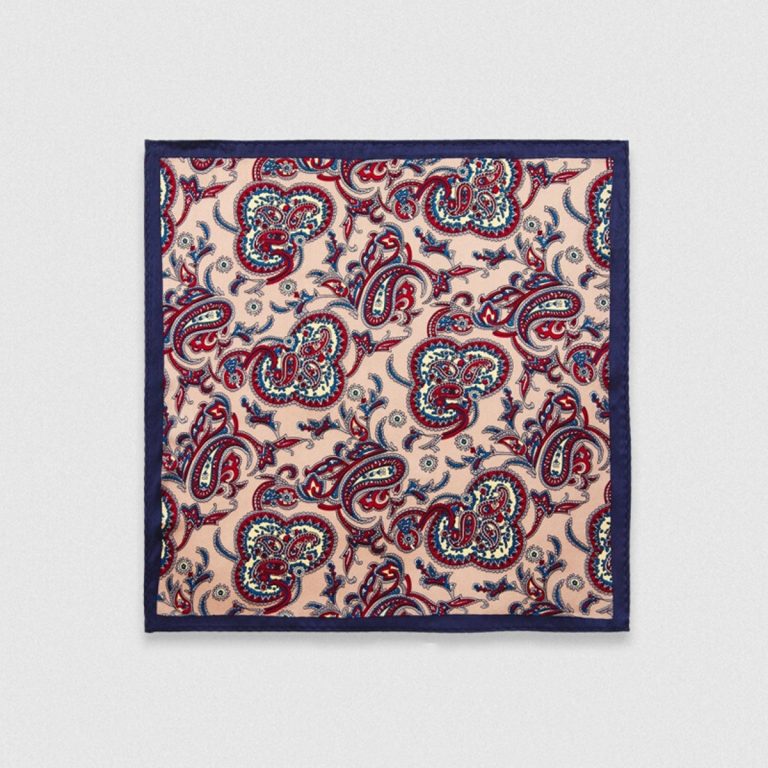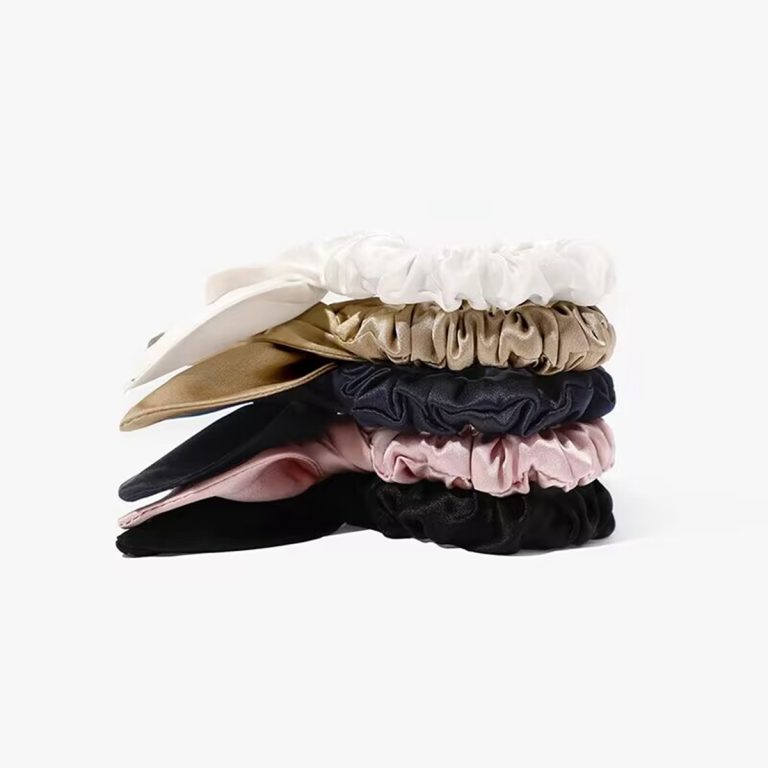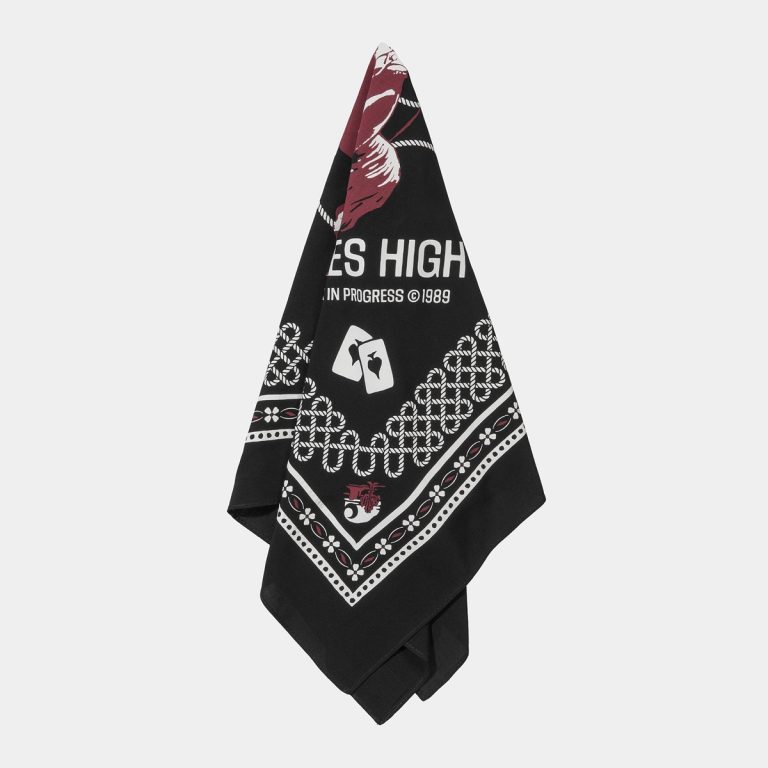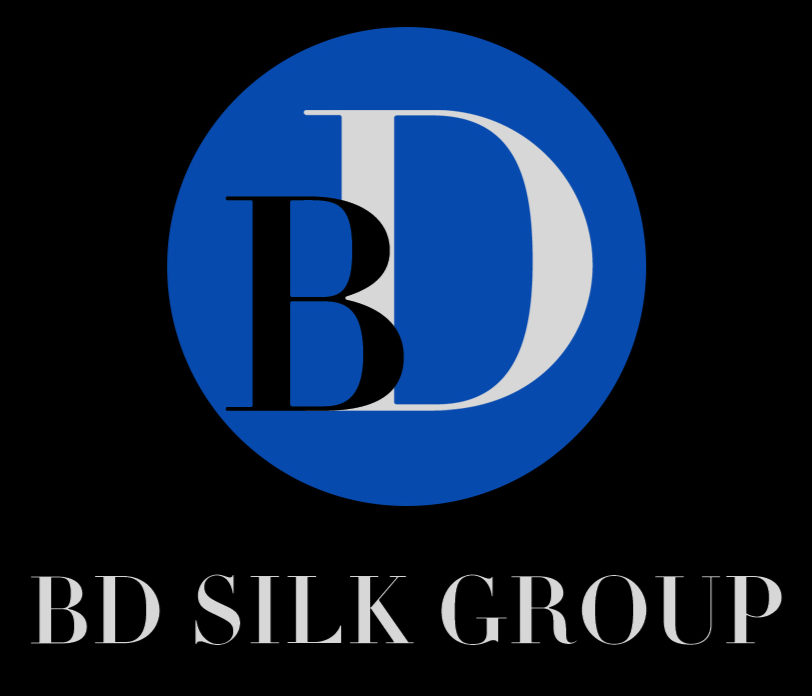Inside Look at Custom Made Polyester Scarves
Polyester scarves are a popular accessory that can be worn in a variety of ways. They are lightweight, durable, and easy to care for, making them a great choice for everyday wear. If you’re looking for a custom-made polyester scarf, you may be wondering what the process entails. In this article, we’ll take a closer look at the production of custom-made polyester scarves and what goes into creating a high-quality product.
The first step in creating a custom-made polyester scarf is to choose a design. This can be done in a variety of ways, depending on the manufacturer. Some companies offer a selection of pre-designed scarves that can be customized with your own logo or branding. Others allow you to create a completely custom design from scratch.

Once you have a design in mind, the next step is to choose the fabric. Polyester is a popular choice for scarves because it is lightweight, breathable, and easy to care for. It is also a durable material that can withstand regular wear and tear. When choosing a polyester fabric, it’s important to consider the weight and texture of the material. A heavier fabric will provide more warmth, while a lighter fabric will be more breathable.
After the design and fabric have been chosen, the next step is to print the scarf. This can be done using a variety of printing methods, including screen printing, digital printing, and sublimation printing. Each method has its own advantages and disadvantages, so it’s important to choose the one that best suits your needs.
Screen printing is a popular choice for custom-made polyester scarves because it allows for precise color matching and can produce high-quality images. However, it is not ideal for complex designs or small print runs.
| 2×4 scarf joint | 100% pashmina | children size |
| shawl | bandanas | 4c hair hijab |
Digital printing is a newer technology that allows for more complex designs and smaller print runs. It is also more environmentally friendly than screen printing because it uses less ink and produces less waste.
Sublimation printing is a process that involves printing the design onto a transfer paper and then transferring it onto the fabric using heat and pressure. This method produces vibrant colors and is ideal for complex designs and small print runs.
Once the scarf has been printed, it is time to finish the edges. This can be done using a variety of techniques, including hemming, serging, and fringing. Hemming is the most common method and involves folding the edges of the scarf over and sewing them in place. Serging involves using a special machine to sew a zigzag stitch along the edge of the fabric to prevent fraying. Fringing involves leaving the edges of the scarf unfinished, creating a fringed effect.
Finally, the scarf is inspected for quality control before being packaged and shipped to the customer. This involves checking for any defects in the fabric or printing, as well as ensuring that the scarf meets the customer’s specifications.
In conclusion, custom-made polyester scarves are a popular accessory that can be customized to suit your needs. The production process involves choosing a design, selecting a fabric, printing the scarf, finishing the edges, and inspecting for quality control. By understanding the production process, you can ensure that you receive a high-quality product that meets your specifications.
